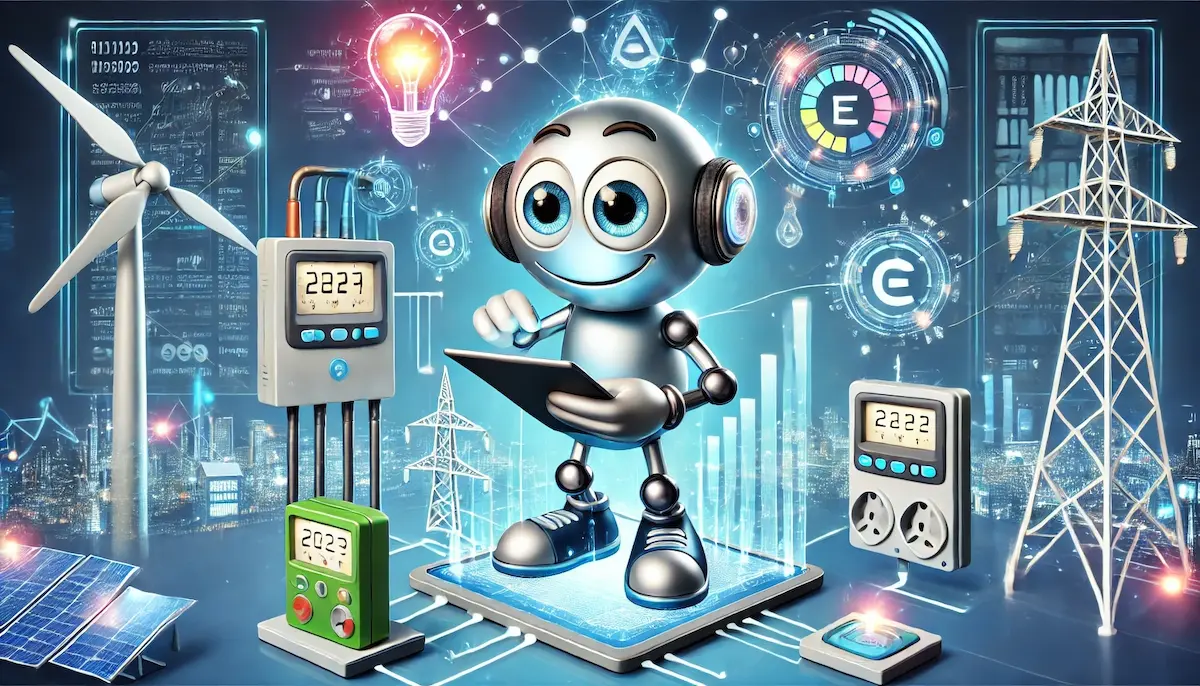The smart grid is an advanced electrical grid that uses digital technology to enhance the efficiency, reliability, and sustainability of electricity distribution. By integrating information and communication technologies, the smart grid enables real-time monitoring, control, and optimization of the electric power system from generation to consumption.
What is a Smart Grid?
A smart grid incorporates a variety of digital tools and technologies to manage electricity more effectively. Traditional power grids were primarily one-way systems where electricity flowed from power plants to consumers. In contrast, the smart grid facilitates two-way communication between utility companies and consumers, allowing for better management of demand, quicker response to outages, and integration of renewable energy sources.
Key Components of a Smart Grid
Smart Meters
Smart meters are digital devices that record electricity consumption in real-time and communicate this data to utility companies. Unlike traditional meters, smart meters provide detailed information about energy use, helping consumers understand their consumption patterns and enabling utilities to manage load more effectively.
Advanced Metering Infrastructure (AMI)
AMI includes the network of smart meters, communication networks, and data management systems that collect and analyze energy usage data. This infrastructure supports dynamic pricing, demand response programs, and more accurate billing.
Sensors and Monitoring Devices
Various sensors and monitoring devices are deployed throughout the grid to track the performance of electrical components. These devices detect faults, monitor voltage levels, and provide real-time data on the condition of the grid, allowing for proactive maintenance and quicker response to issues.
Distributed Energy Resources (DERs)
The smart grid integrates distributed energy resources such as solar panels, wind turbines, and energy storage systems. This integration enables more efficient use of renewable energy and enhances grid resilience by diversifying energy sources.
Communication Networks
Reliable and secure communication networks are essential for the smart grid to function. These networks facilitate the transmission of data between smart meters, sensors, and utility control centers, enabling real-time monitoring and control.
Grid Management Systems
Advanced grid management systems use data analytics, machine learning, and artificial intelligence to optimize the operation of the electrical grid. These systems help balance supply and demand, manage energy storage, and coordinate the integration of renewable energy sources.
Benefits of a Smart Grid
The smart grid offers numerous benefits that improve the efficiency, reliability, and sustainability of electricity distribution.
Enhanced Reliability
By providing real-time monitoring and automated response capabilities, the smart grid can quickly identify and address issues, reducing the frequency and duration of power outages. This enhances the overall reliability of the electricity supply.
Increased Efficiency
Smart grid technologies optimize the generation, distribution, and consumption of electricity. This leads to reduced energy losses, more efficient use of resources, and lower operational costs for utility companies. Consumers also benefit from more accurate billing and the ability to monitor and manage their energy usage.
Integration of Renewable Energy
The smart grid facilitates the integration of renewable energy sources, such as solar and wind power, into the electrical grid. By efficiently managing the variability of these energy sources, the smart grid supports a more sustainable and resilient energy system.
Demand Response and Dynamic Pricing
The smart grid enables demand response programs, which incentivize consumers to reduce or shift their electricity usage during peak times. This helps balance supply and demand, reducing the need for additional power plants and lowering overall energy costs. Dynamic pricing models allow consumers to take advantage of lower electricity rates during off-peak periods.
Improved Security
Advanced cybersecurity measures are an integral part of the smart grid, protecting against threats and ensuring the integrity of the electrical system. Secure communication networks and data encryption help safeguard sensitive information and prevent unauthorized access.
Challenges and Future Outlook
While the smart grid offers many advantages, it also faces challenges such as high initial costs, the need for infrastructure upgrades, and concerns about data privacy and security. Additionally, the integration of distributed energy resources and the management of complex grid systems require sophisticated technology and expertise.
The future of the smart grid looks promising as technology continues to advance and the demand for sustainable energy solutions grows. Innovations in artificial intelligence, machine learning, and IoT (Internet of Things) are expected to further enhance the capabilities of the smart grid. As the world transitions to a more sustainable energy future, the smart grid will play a crucial role in creating a resilient, efficient, and reliable electrical system.
Blockfine thanks you for reading and hopes you found this article helpful.
